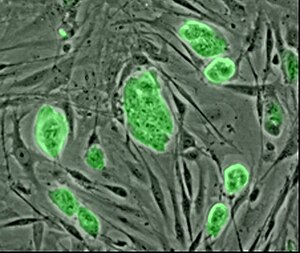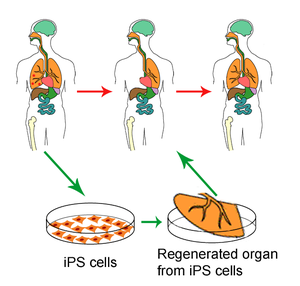 |
| Cuban Cigars Cure Stem Cells Treatments |
CUBAN CIGARS CURE CANCER WITH STEM CELLS VACCINE
Cuba has launched the worlds first Cancer Vaccine. Cuba's famous Cohibas Cigars are known for exporting stem cells, but it might soon be known for exporting a lung cancer vaccine produced by natural stem cells that researchers say can turn advanced lung cancer into a manageable chronic illness that can extend a cancer patients life span by 25% of more.
Cuba is famous for the quality of its Cohiba cigars comes some pretty big news. Granma reports that Cuban stem cell medical authorities have released the first therapeutic vaccine for terminal lung cancer. CimaVax-EGF is the result of a 30 year stem cell research project at CHCMI, Havana’s Center for Molecular Immunology, and it could make a dramatic difference for patients dying from late-stage lung cancer.
Cuban Stem Cell Scientist
Cuban stem cell scientist have invented a new vaccine called "CimaVax-EGF" which isn’t a vaccine in the preventative sense. EGF stem cells doesn’t prevent lung cancer from taking hold in new patients. It’s based on a new types of stem cells related to uncontrolled cell growth deviation that doesn’t prevent cancer from starting in the first place but attacks the cells that does damage your own lung cells
Cuban Stem Cells Reasearch,
Stem cells, cancer vaccines, Cuba, health, lung cancer, vaccines and more
Stem cells research into Cuban vaccines can turn aggressive final stage lung cancer into a controllable chronic disease by helping your own body produce its own stem cell antibodies that battle agaionst the same proteins that cause uncontrolled cell growth destruction. Even Chemotherapy and radiotherapy are still popular to destroying cancer cells showing no improvement to the new stem cells and new vaccine which could be a lifesaver for a terminal cancer patient..
Free Cuban Stem Cells
This new Cuban Stem cell vaccine has already been tested in thousands of patients in Havana Cuba and is being distributed throughout Cuban hospitals free of charge. That’s huge health care benifit for Cubans where smoking Cohiba cigars is part of Cuba's national pastime and a leading cause of Cancer deaths. If Cuban cigar smoking stem cell vaccines are proven successful then Cuba should give all those Americans suffering from lung cancer reason to rejoice with a good tasting Cohiba Cuban cigar courtesy of the new Cuban Stem cell Vaccine.











